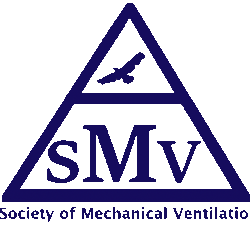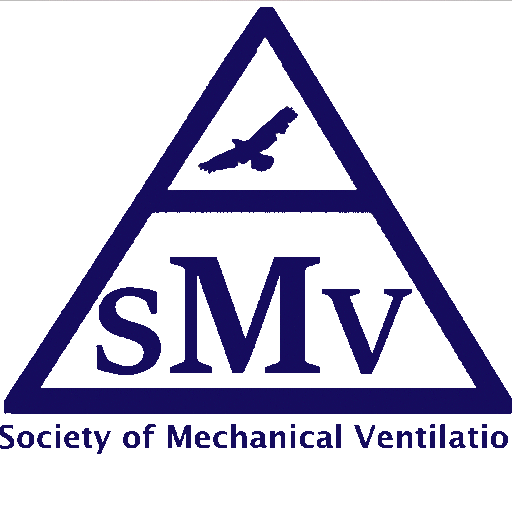
No doubt, HFOT has set foot as an important therapy in the field of respiratory failure and became an important tool in the armamentarium of therapies available to hopefully avoid invasive mechanical ventilation.
The mechanisms of its action and physiologic beneficial effects have been described in multiple reviews and studies.
Isn’t that enough? No, let’s be greedy and demand more.
More of what?
- Monitoring: The field of respiratory failure relies heavily on monitoring which helps tailor the therapy to the patient’s needs. Yes, we can monitor the patient’s clinical condition and oxygenation but
– How about the amount of positive pressure created with therapy? This is a major path for improving oxygenation with HFOT. We only hypothesize the number of pressures based on simulator studies but not in real patients.
– How about the end tidal CO2 (capnometry): it has been described but how accurate is the information which is crucial to calculate the dead space during therapy.
– Monitoring of the patient’s own inspiratory flow so we can match the delivered flow instead of empirically delivering set flow
- Modes of delivery: conventionally, HFOT is being delivered with a special nasal cannula, but has been tried through tracheostomy tubes and even Non Invasive masks, studies are needed to test the differences between different delivery modalities.
Humidification: is essential during HFOT to avoid drying mucosa, bleeding and improve turbulent flow. How much humidification is needed during such high flow? If airway humidification is too excessive, theoretically it will reduce the Alveolar Partial Pressure of Oxygen (PAO2) which can worsen hypoxia.
Are all devices similar?: HFOT are offered on a stand alone devices but are also incorporated on many critical care ventilators. Are all the same? Possibly not. We need more studies comparing the same therapy on different devices that might help us choose the more superior one and improve the inferior ones.
- Smart (Adaptive) machines: similar to closed-loop modes of mechanical ventilation that have the capabilities and autonomy (within limits) to adjust pressures, flow, minute ventilation depending on the respiratory mechanics, there is a need for similar HFOT devices.
So, what is the solution and how?
Artificial intelligence (AI): incorporation of AI has the possibility to achieve:
- Flow rate optimization: AI algorithms can analyze patient data, such as oxygen saturation levels, lung function, and vital signs, to determine the optimal flow rate for high flow oxygen therapy.
- Monitoring and alerting: AI-powered monitoring systems can constantly monitor patient data and send alerts to healthcare providers if any abnormalities are detected.
- Personalization: AI can be used to analyze patient data and make personalized recommendations for high flow oxygen therapy. For example, an AI algorithm can analyze a patient’s medical history, current condition, and response to therapy to determine the optimal flow rate, humidity level, and other settings for the therapy.
- Predictive modeling: AI-powered predictive models can be used to predict the likelihood of a patient’s condition worsening or improving. This can help healthcare providers make more informed decisions about the patient’s care and adjust the high flow oxygen therapy accordingly.
- Smart devices: to my knowledge, there are some companies that are developing AI-powered devices that can deliver high flow oxygen therapy. These devices can be connected to the internet and can collect data on the patient’s respiratory status and other vital signs, which can then be analyzed by AI algorithms to adjust the therapy as needed.
The future of how we monitor and treat patients with respiratory failure is very exciting and coming fast so watch out.


I agree that we need the ability to use higher flows with the humidification able to maintain optimal Relative Humidity with the higher flows.
Honestly EtCO2 with higher flows will reflect frequency (RR) Vs CO2. I would suggest TCPCO2 monitoring to reflect the trend in CO2 clearance
I agree with Doug and the Society’s statements. If Flow is associated with reducing metabolic work, physical work, generating end expiratory pressure (PEEP) and it is. What are the drawbacks? The literature only points out patient discomfort which is overcome over time. Discomfort is not a reason to avoid use when other benefits are present. Also High Flow devices that fail to match inspiratory demand result in the device O2% concentration not equaling FiO2. Wake up people – this means that any indices that include FiO2 are off. They are off towards predicting failure and committing a patient to a ventilator – a higher risk device with higher rates of morbidity, mortality, and longer lengths of stay.
Technically speaking No – not all devices are the same. High Flow Therapy must deliver humidity in accordance with 80601-2-74. Those systems that are not integrated with humidifiers require attentive management to avoid humidity deficits.